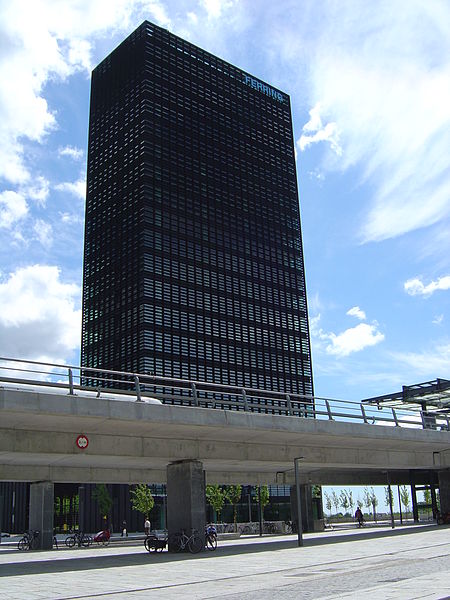Old Urbanism vs. New Urbanism in The Human Scale
I’ve uploaded a review of The Human Scale [M] (2012), the last Hot Docs film that’s amazingly timely, although Jan Gehl’s philosophy of bringing life back to dead urban centres using the European model isn’t new; however old his hometown of Copenhagen is (a few hundred years at least?), the concept of living and working in the urban core by using you legs or feet to cycle or walk has been ongoing for quite a while, and isn’t exclusive to European culture.
Andreas Dalsgaard’s film globe-hops between cities where Gehl’s international team of crack architectural ethnographers [‘people who make cities not dead’] have solved problems / are in the process of assessing areas for viable solutions with forward thinking governments / and are faced with outright disaster zones.
To Torontonians, our city’s a bit of a freak in that the downtown core and surrounding municipalities are constantly thickening from people coming here for work and wanting shorter commutes home, but as a liveable / affordable city, it’s becoming further tiered towards specific incomes.
There’s also a car culture fighting for road space, a pathetically underfunded transit system stressed by the success of boosted ridership, and a suburban-based and supported mayor wanting big shiny subways in spite of there being limited funds.
This is just a sliver snapshot of the complexities that face all cities, and the variants mean Gehl’s team, when they’re called in for help, have to spend a lot of time analyzing where things began to shift, and how cities can be less unwelcome to its own citizens.
Gehl’s philosophy runs contrary to Le Corbusier’s approach of modern design where cities are divided according to specific life functions – where you live, where you shop, where you relax, and where you work. In sketches and models, it looks sleek and organized, but from a practical stance it’s a little crazy if the end result is wasting time in lengthy commutes.
Some of Le Corbusier’s designs – his use of poured concrete, especially – are marvelous and predate the Brutalist style (which has its merits, in spite of sometimes resembling giant concrete bunkers that seem to say ‘Stay the fuck away from me!’), but his use of space borders on the megalomaniacal style of Egyptian pharaohs, or Cambodia’s Angkor Wat: grids and re-channeled waterways that force the pedestrian to be overwhelmed by design.
Perhaps the middle-ground is Mies van der Rohe, whose work is modern, sleek, and austere, but is designed to bring natural light into buildings, and welcome visitors and workers. It’s quite German from the stance of being ordered, organized, and meticulously planned, but whereas Le Corbusier’s work seems to have brilliant ideas impregnated in concrete kitsch, Mies uses glass and steel to impress through order, and perhaps make humans feel as though they’re part of a functional, humanistic machine instead of some ancient aesthetic monster.
In their 2004 doc Regular or Super: Views on Mies van der Rohe [M] (TVA Films), directors Patrick Demers and Joseph Hillel took great pains through visuals and interviews to illustrate the balance Mies created between modernism and urban surroundings, because his buildings were inherently designed to be functional first, and serve humans.
The bringing together of people is essentially what Gehl’s philosophy’s all about, and while there are wholly valid arguments for living in the ‘burbs – I grew up in North York, and had a great childhood – when space is a premium, you have to plan things with some logic and foresight.
What Gehl’s philosophy fails to acknowledge is some people don’t like to live in close quarters with noisy families, loud garbage trucks, pollution, etc., and they want a chunk of organized land where they can create their own little urban world. This is not an evil thing, but as land surges up in value and homes become smaller, cheaper, uglier versions of that classic suburban ideal, maybe accepting a revised version of urban life is necessary.
Coming next: two film version of stories by author Ben Ames Williams – Leave Her to Heaven (1945) on Blu from Twilight Time, and Strange Woman (1946).
.
.
Mark R. Hasan, Editor
KQEK.com ( Main Site / Mobile Site )
Category: Uncategorized


















Connect